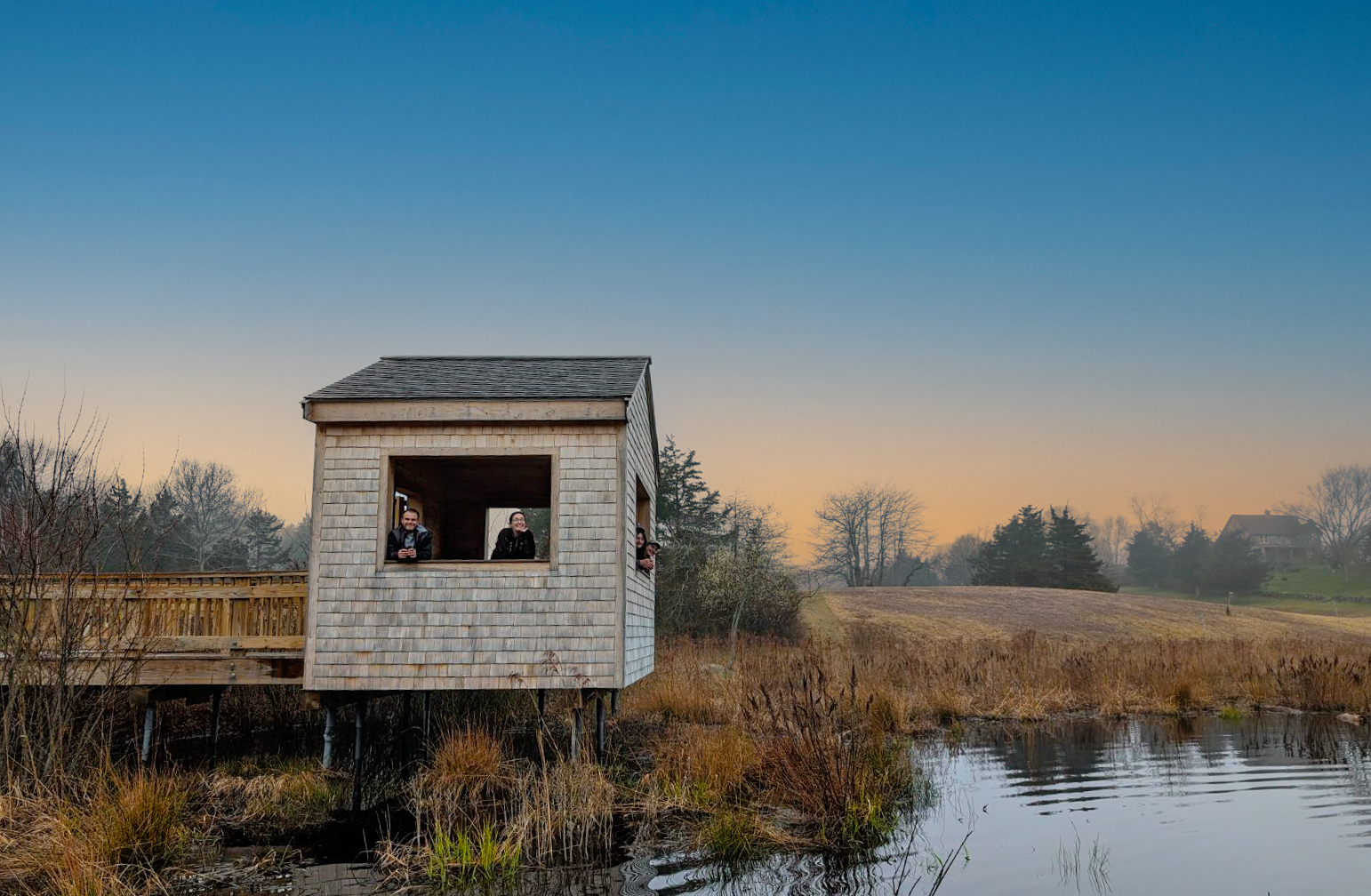Earlier this month, Program Manager Ethel Wilkerson presented results of two Manomet research projects at the Symposium on Forestry Best Management Practice (BMP) Effectiveness in the Eastern United States.
Over 200 foresters, researchers, and policy makers from across the country gathered at the conference in Blacksburg, Virginia, to discuss how applying best management practices during timber harvesting can protect water resources.
In forestry, best management practices protect water quality in harvested areas near rivers and streams by preventing sedimentation, maintaining natural water flow and protecting shoreline vegetation. BMPs include leaving riparian buffer zones adjacent to water bodies, constructing bridges and culverts at stream crossings, using sediment barriers at stream edges, and retaining a portion of trees in harvested sites to maintain productivity and wildlife habitat.
Wilkerson presented results of Manomet’s Headwater Streams Project, a seven year research effort that examined how different riparian buffer widths protected against changes in water temperature, water quality, and biotic communities.
“The Headwater Streams Project provided seven years of scientific data to help understand the long-term impacts of timber harvesting on streams,” Wilkerson said. “Our results showed that leaving 40-foot buffers on headwater streams can protect against changes in stream and air temperature, water quality, and biotic communities.”
She also presented on a cost benefit analysis of different BMPs that examined the economic costs of applying the BMPs with the ecological benefit gained from the practice.
“The biological effectiveness of different BMPs has been well studied in North America but very little research looks at the economic costs of applying these BMPs,” Wilkerson said. “This study looked at both ecological benefits and economic costs of different widths of riparian buffers and found that 40-foot buffers can protect a wide range of water resources, and the cost to landowners is relatively small, approximately 3 percent of timber harvest.”
The three-day conference included a field trip to the Virginia Tech Experimental Forest where the group visited the site of several field experiments to better understand how improving standard timber management practices can protect vegetative communities, water quality, and wildlife habitat.
The conference, which was last held in 2002, was reconvened to provide an overview of knowledge gained over the past 12 years, catalogue BMP research needs, and identify directions for future research.
– Haley Jordan





 Back to all
Back to all